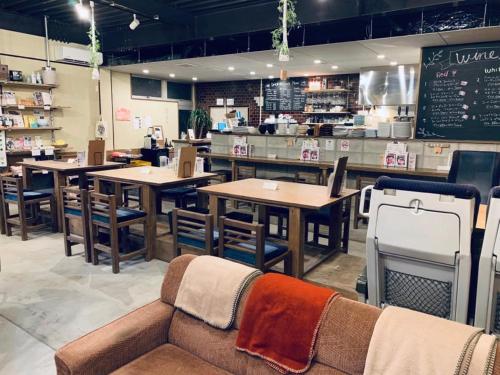Kyo-o-zan Senjuin Unpenji Temple
menuMenu
Located near the summit of Unpenjiyama Mountain at an elevation of 927 meters, this is the highest temple among the 88 temples of the Shikoku Pilgrimage. Its beautiful scenery throughout the four seasons is a major attraction.








Highlights
- Located near the summit of Unpenjiyama Mountain at an elevation of 927 meters, it's the highest temple among the 88 temples of the Shikoku Pilgrimage.
- The beautiful scenery of hydrangeas blooming profusely in summer.
- Known for its stunning autumn foliage in late autumn.
- Enjoy the snowy landscape in winter using the ropeway.
- The principal image is Senju Kannon Bosatsu.
Basic Information
- Address
- 763 Shironouchi, Ikeda-cho, Miyoshi City, Tokushima Prefecture Search for tourist attractions in Tokushima
- Access
- Train: Approximately 10 minutes by taxi from Minanawa Station on the JR Shikoku Dosan Line. Car: Approximately 9km from Unpenji-guchi on National Route 192. Ropeway: Approximately 7 minutes by Unpenji Ropeway from the mountain foot on the Kagawa Prefecture side of Kan'onji City. Show route
- Op.Hours
- 8:00 AM - 5:00 PM
- Cld.Days
- Open every day
- Fee
- Admission Fee: 300 yen for adults, 150 yen for children
- INFO
- There is a parking lot with space for 20 cars in front of the mountain gate. Normally, a fee of 500 yen per regular-sized car is paid at the temple's reception area to cover road maintenance costs. During peak autumn foliage season, this fee may also be collected at the entrance to the temple grounds from visitors who are not on a pilgrimage. It's about a 10-minute walk from the parking lot to the temple grounds. Alternatively, there is free parking for 10 cars along the prefectural road about 1km down the road. From there, it's a walk to the temple. The ropeway base station has a parking lot with space for 800 cars. Please note that pets are not allowed.
Overview
Recommended nearby attractions
Shirafune-ji Temple

Shirafune-ji Temple, known as the 81st temple on the Shikoku Pilgrimage, is a historic and naturally beautiful temple situated on a tranquil mountain overlooking the Seto Inland Sea. It houses the mausoleum of Emperor Sutoku and Shirafune Daigongen, which enshrines Sagamobo Tengu, one of the Eight Tengus of Japan.
Okuboji Temple

Known as the 'temple of fulfillment' marking the end of the Shikoku 88 Temple Pilgrimage. A place deeply connected to Kobo Daishi (Kukai), it has welcomed countless pilgrims for centuries.
Yashima-ji Temple (84th Temple, Nanmenzan Senko-in)

The 84th temple on the Shikoku Pilgrimage, located on Yashima Island in the Seto Inland Sea. Enjoy breathtaking views of the magnificent Seto Inland Sea.
Honzanji Temple

An ancient temple with ties to Kobo Daishi (Kukai), a significant site on the 88-temple Shikoku Pilgrimage, attracting many pilgrims.
Takaya Shrine (Inazumi Taisha)

Takaya Shrine, perched atop 404m Mount Inazumi, boasts breathtaking views of the Seto Inland Sea and a captivating "Sky Torii"—a must-see destination.
Honrakuji Temple

The beauty of the kare-sansui garden, selected as one of the Shikoku Eighty-Eight Views, borrowing the Yoshino River as its backdrop, is truly exceptional.
Hashikura-ji Temple

A venerable temple with over a thousand years of history, offering a tranquil space surrounded by beautiful nature.
Negoroji Temple

An ancient temple nestled in the middle of Goshikidai, associated with Kobo Daishi and Jizo Daishi. Don't miss the Senju Kannon statue, unveiled once every 33 years.
Sanuki Kokubunji Temple

An ancient temple known as the 80th temple on the Shikoku Pilgrimage. The well-preserved remains of the temple grounds, designated as a Special Historic Site, allow you to experience a sense of history.
Zentsuji Temple (Head Temple)

Zentsuji Temple, the 75th temple on the Shikoku Pilgrimage and the head temple of the Shingon sect, is renowned as a historically and culturally significant power spot deeply rooted in the legacy of Kobo Daishi (Kukai).
Nearby Hotels
Ooboke Iya Awa Onsen Awa No Sho

4S STAY Awaikeda Ekimae

4S STAY Awaikeda Honmachi Street

KAMENOI HOTEL KANONJI

GuestHouse紫雲

